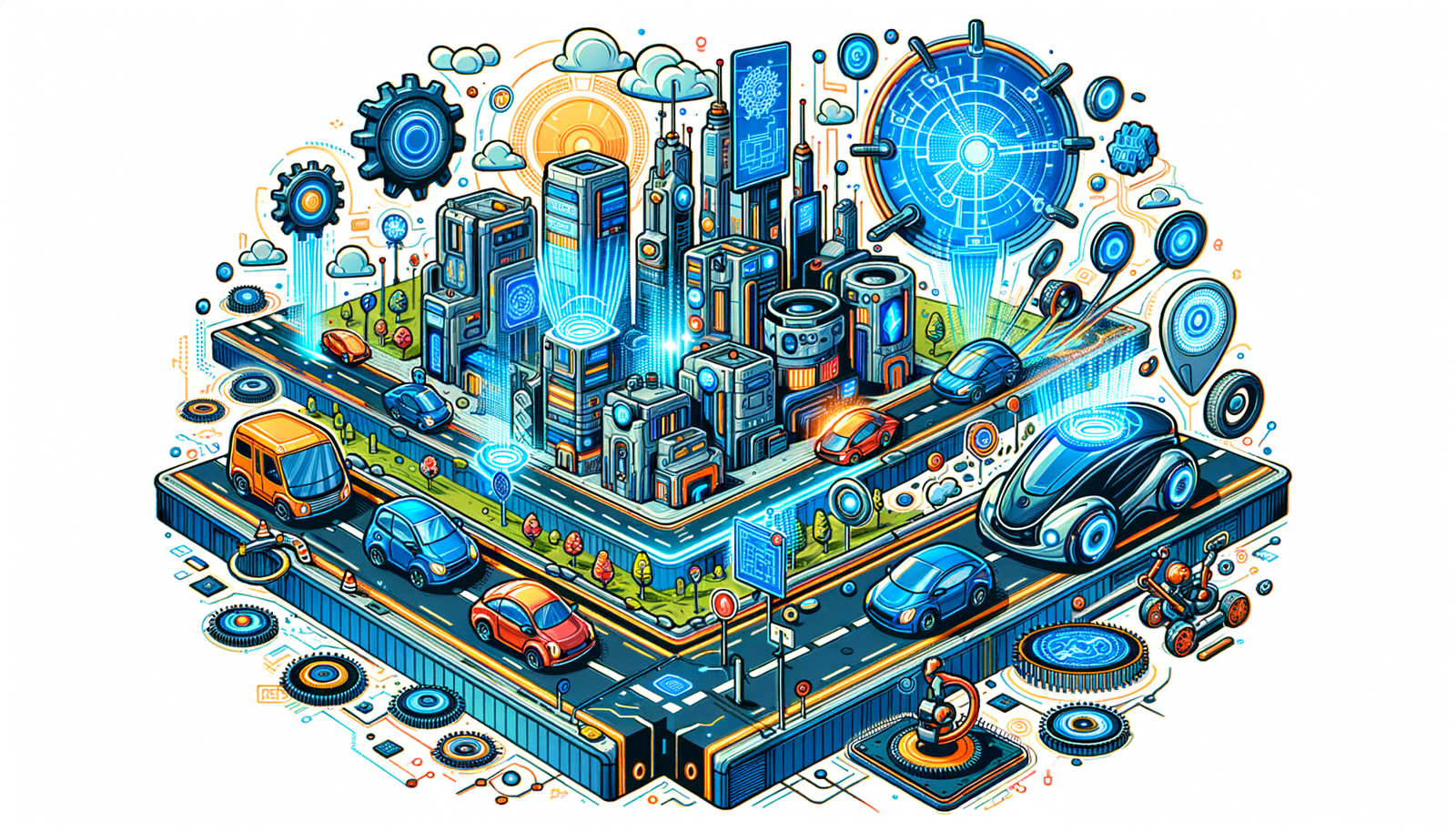Your Cart is Empty
Customer Testimonials
-
"Great customer service. The folks at Novedge were super helpful in navigating a somewhat complicated order including software upgrades and serial numbers in various stages of inactivity. They were friendly and helpful throughout the process.."
Ruben Ruckmark
"Quick & very helpful. We have been using Novedge for years and are very happy with their quick service when we need to make a purchase and excellent support resolving any issues."
Will Woodson
"Scott is the best. He reminds me about subscriptions dates, guides me in the correct direction for updates. He always responds promptly to me. He is literally the reason I continue to work with Novedge and will do so in the future."
Edward Mchugh
"Calvin Lok is “the man”. After my purchase of Sketchup 2021, he called me and provided step-by-step instructions to ease me through difficulties I was having with the setup of my new software."
Mike Borzage
Revit Tip: Leveraging Revit for Sustainable Building Design Strategies
May 03, 2025 2 min read

Enhancing sustainability in your projects is crucial, and Revit offers a robust platform for green building design. Here are key strategies to leverage Revit for environmentally responsible designs:
- Energy Analysis Tools: Utilize Revit's integrated energy modeling features to assess building performance. Perform simulations to optimize energy efficiency, lighting, and HVAC systems.
- Sustainable Material Selection: Access comprehensive material libraries within Revit to choose eco-friendly materials. Incorporate life cycle assessments to evaluate the environmental impact of selected materials.
- Site Orientation and Solar Studies: Use Revit to model site orientation and conduct solar studies. Maximize natural light and reduce reliance on artificial lighting by strategically positioning windows and shading devices.
- Building Information Modeling (BIM) Coordination: Collaborate with multidisciplinary teams using Revit's BIM capabilities. Ensure that all aspects of green design, from structural integrity to energy systems, are seamlessly integrated.
- LEED Certification Support: Streamline the LEED certification process by documenting sustainable practices within Revit. Generate reports and ensure compliance with LEED criteria for materials, energy, and water usage.
- Waste Reduction Strategies: Plan for construction waste management by using Revit to optimize material usage. Reduce waste through precise modeling and efficient design practices.
- Water Efficiency: Design water-efficient systems using Revit's plumbing and MEP tools. Incorporate rainwater harvesting, greywater recycling, and efficient fixtures to minimize water consumption.
- Green Roof and Landscaping Design: Model green roofs and sustainable landscaping within Revit. Enhance building insulation and contribute to urban biodiversity with detailed landscape planning.
- Integration with Sustainability Software: Connect Revit with specialized sustainability software for advanced analysis. Tools like Autodesk Insight can provide deeper insights into energy performance and sustainability metrics.
- Continuous Learning and Support: Stay updated with the latest green building practices and Revit features through resources like NOVEDGE. Visit NOVEDGE for tutorials, webinars, and expert advice to enhance your green design capabilities.
By effectively utilizing Revit's tools and resources from platforms like NOVEDGE, you can create sustainable, energy-efficient buildings that meet modern environmental standards. Incorporate these strategies into your workflow to advance green building design and contribute to a more sustainable future.
You can find all the Revit products on the NOVEDGE web site at this page.
Also in Design News

Driving the Future: AI-Enhanced CAD for Automated Design Optimization
May 09, 2025 8 min read
Read More
ZBrush Tip: Maximize Your ZBrush Workflow with Advanced PolyPaint Techniques
May 09, 2025 2 min read
Read MoreSubscribe
Sign up to get the latest on sales, new releases and more …



